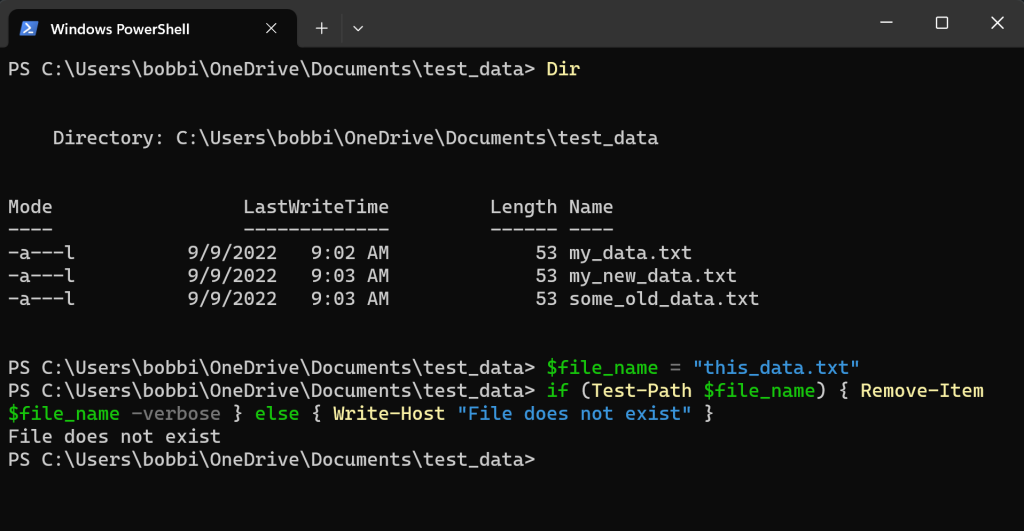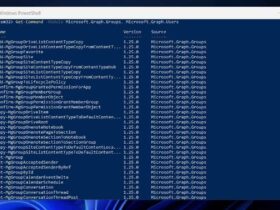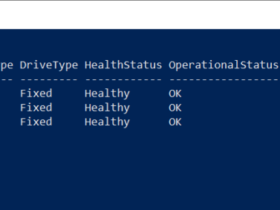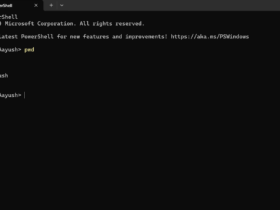Deleting files is a common task that most computer users have to perform occasionally. In PowerShell, you can easily remove files using the handy Remove-Item cmdlet. But what if you want to check if a file exists before deleting it? PowerShell has you covered there, too!
In this article, I’ll show you how to use the Remove-Item cmdlet to delete a file, but only if that file exists on your system. This way, you won’t accidentally try to delete something that’s not there, which could lead to errors or unintended consequences.
So, let’s give in and learn how to use Remove-Item like a pro! By the end of this article, you’ll be able to delete files while avoiding potential pitfalls confidently.
PowerShell Delete File If Exists
One way to delete a file only if it exists is by using the Test-Path cmdlet and Remove-Item. Here’s an example script:
$FileName = "D:\PowerShell\extwindows.txt"
if (Test-Path $FileName) {
Remove-Item $FileName
}In this script, It first store the file path in the $FileName variable. The Test-Path cmdlet then checks if a file exists at that location. Test-Path returns $True if the file exists, and the code inside the if statement runs.
The Remove-Item $FileName line deletes the file specified by the $FileName variable path. However, this only happens if Test-Path confirms the file exists.
If the file doesn’t exist, Test-Path returns $False, and the code inside the if statement is skipped over. This way, you won’t accidentally try to delete a non-existent file.
Delete Multiple Files if they Exist Using PowerShell.
Sometimes, you may need to delete multiple files at once from a directory. PowerShell lets you combine the Remove-Item cmdlet with loops and file name lists.
Let’s say our current directory is
C:\Users\extwindows\OneDrive\Documents\test_data, and we want to attempt to delete the following files: this_data.txt, that_data.txt, and my_data.txt. We can use the following PowerShell script:
$file_names = "this_data.txt", "that_data.txt", "my_data.txt"
foreach($name in $file_names)
{
if (Test-Path $name) {
Remove-Item $name -verbose
} else {
Write-Host "File does not exist"
}
}Here’s how this script works:
- We create an array $file_names containing the names of the files we want to delete.
- We use a foreach loop to iterate through each file name in the $file_names array.
- Inside the loop, we use Test-Path to check if the current file exists in the directory.
- If the file exists, we use Remove-Item with the -verbose parameter to delete the file and print a message about the operation.
- If the file doesn’t exist, we use Write-Host to print a message saying, “File does not exist.”
Running this script will attempt to delete each file in the $file_names array. If a file doesn’t exist, it will simply print a message instead of trying to delete a non-existent file. This approach is practical when you must delete multiple files from a directory, especially when unsure if all the files exist. It ensures that your script doesn’t throw errors for non-existent files and only deletes the present files.
Delete Read-only File If Exists in Powershell
However, there may be situations where you don’t have sufficient access rights to delete a file, or the file has read-only permissions set. In such cases, the regular Remove-Item command will throw an error like:
Remove-Item : Cannot remove item D:\PowerShell\File-Delete.txt:
You do not have sufficient access rights to perform this operation.To forcefully delete a file even when you don’t have the necessary permissions, you can use the -Force parameter along with Remove-Item:
$FileName = "D:\PowerShell\File-Delete.txt"
if (Test-Path $FileName) {
Remove-Item -Verbose -Force $FileName
}This script prints a detailed message about the Remove-Item operation using the Verbose parameter. More importantly, the -Force parameter allows PowerShell to delete the file regardless of its permissions or whether another process uses it.
Keep in mind that using -Force can potentially delete files you don’t intend to, so it’s essential to double-check the file path before running the command.
The -Force parameter is a valuable tool when dealing with stubborn files that won’t be deleted due to permission issues or other processes’ locks. By using it judiciously, you can ensure that your file deletion tasks are carried out successfully.







Leave a Reply
View Comments